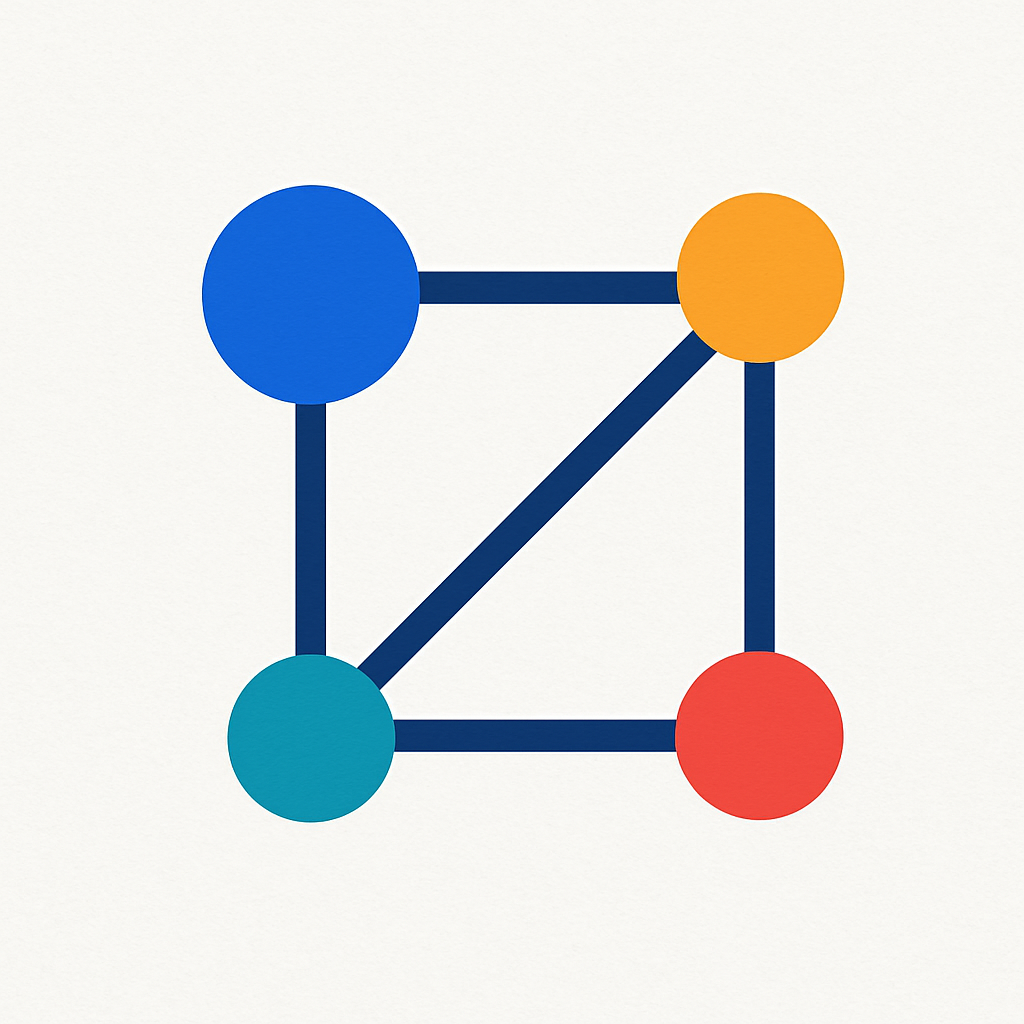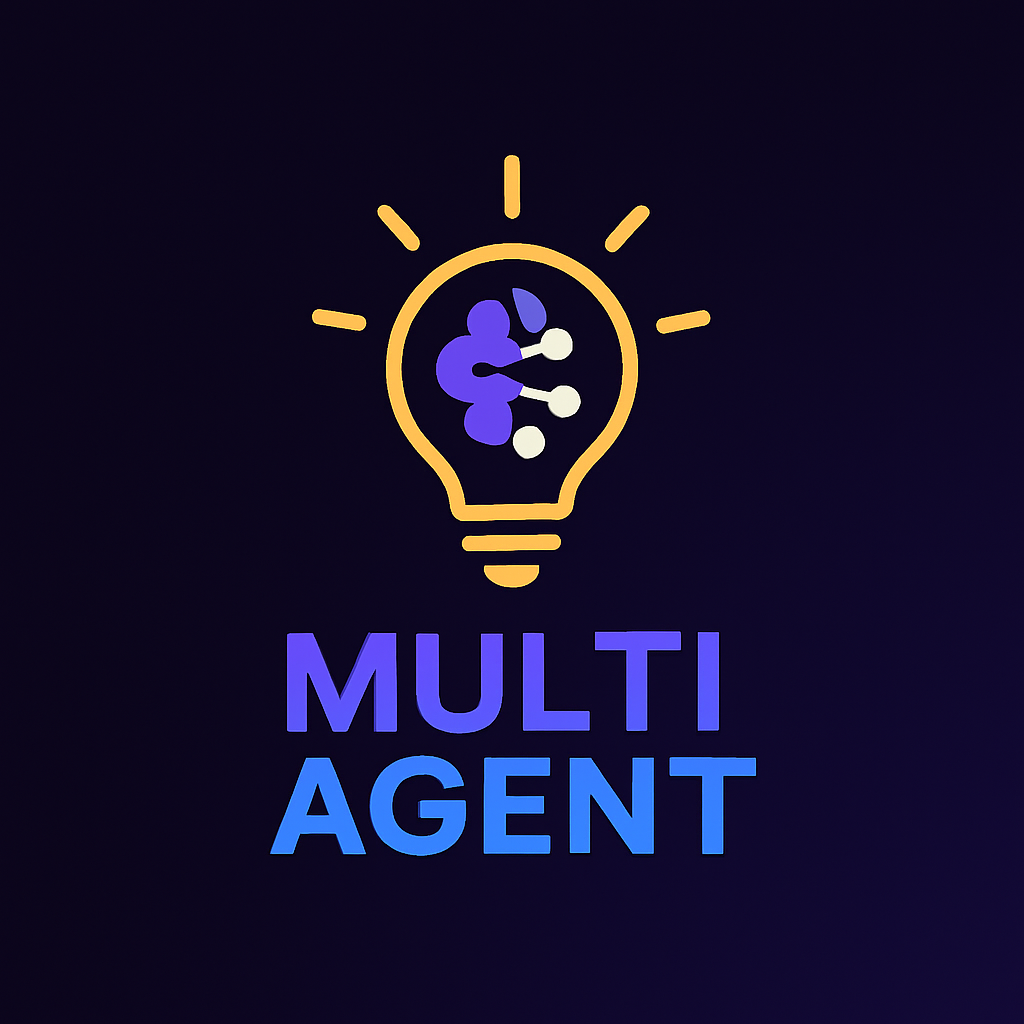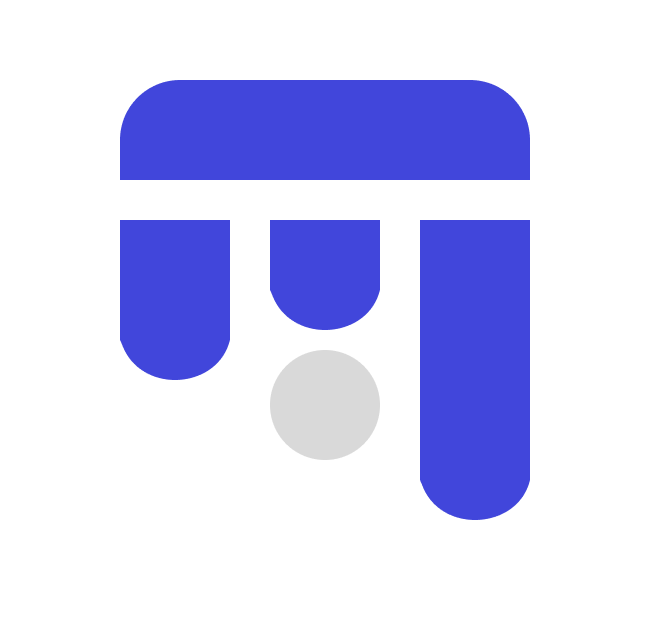MAS Design
Alternatives
0 PH launches analyzed!

MAS Design
A collaborative multi-agent system builder with canvas.
12
Problem
Researchers, educators, and developers currently use fragmented tools for designing multi-agent systems, leading to inefficient collaboration and lack of standardized reference materials.
Solution
A collaborative canvas tool enabling users to build, connect, and share multi-agent systems with integrated reference support. Example: Designing agent-based models for simulations on an interactive interface.
Customers
Researchers, educators, and developers working on complex systems, AI simulations, or educational projects requiring agent-based modeling.
Alternatives
Unique Features
Interactive canvas with real-time collaboration, open-source community directory for sharing models, and integrated reference libraries for seamless research integration.
User Comments
Simplifies multi-agent system design
Enhances team collaboration
Open-source community adds value
Useful for academic research
Needs more pre-built templates
Traction
Open-source project with 800+ GitHub stars, featured on Product Hunt with 1.2k upvotes, and founder has 5.4k followers on X (Twitter).
Market Size
The global multi-agent systems market is projected to reach $1.2 billion by 2028 (MarketsandMarkets, 2023).

Multi-Agent Builder
Secure agents that collaborate and take action across tools
305
Problem
Enterprises struggle to deploy AI agents that securely handle multi-step workflows across tools and data while respecting permissions. Handling multi-step workflows across tools and data and ensuring data permissions are key drawbacks.
Solution
A platform enabling enterprises to deploy secure, collaborative AI Agents that autonomously execute workflows. Agents call other agents and take action while respecting data permissions, e.g., automating compliance checks or cross-departmental tasks.
Customers
Enterprises in regulated industries like finance, healthcare, CTOs, IT managers, and data security teams requiring scalable, secure AI workflows.
Alternatives
View all Multi-Agent Builder alternatives →
Unique Features
Agents operate with granular data permissions and collaborate across tools, enabling end-to-end automation without compromising security.
User Comments
Enhances workflow efficiency
Critical for compliance-heavy sectors
Reduces manual intervention
Steep learning curve for non-technical users
Seamless integration with existing systems
Traction
Launched on ProductHunt in 2024, 500+ upvotes
Used by 50+ enterprises
Partnerships with cloud providers like AWS and Azure
Market Size
The global enterprise AI market is projected to reach $184.7 billion by 2028 (Grand View Research, 2023).

Canvas by MindPal
An infinite canvas to run AI agents & multi-agent systems
196
Problem
Users are limited by linear chats and lack a flexible, boundless workspace to interact with AI agents and multi-agent systems.
Solution
A platform offering an infinite canvas where users can run AI agents and multi-agent systems concurrently or sequentially, all within a single workspace.
Customers
Individuals and teams seeking a more versatile and dynamic environment for interacting with AI agents and multi-agent systems.
Unique Features
Infinite canvas for flexible AI interaction
Ability to run multiple AI agents simultaneously or in sequence
User Comments
Great tool for working with AI agents in a more dynamic and intuitive environment.
Love the limitless space offered by Canvas for running multiple AI systems at once.
Highly recommended for those looking to break away from traditional linear chat setups.
Traction
Canvas by MindPal has gained traction with positive reviews and recommendations from users.
The platform has been well-received for its innovative approach to AI agent interaction.
Market Size
The market for AI collaboration platforms like Canvas by MindPal is growing rapidly, with the global AI in social media market expected to reach a value of around $2.2 billion by 2027.

Multi Agent
Orchestrate powerful AI agents with zero code UI
3
Problem
Users previously had to manually code and script to orchestrate AI agents, which was time-consuming, technically complex, and limited scalability. Additionally, collaborative workflows between AI agents were hard to visualize and manage.
Solution
A zero-code UI platform that allows users to deploy, manage, and visualize collaborative AI agents (e.g., integrating Lovable UI for seamless task coordination and real-time monitoring of agent workflows).
Customers
Developers, product managers, and non-technical business analysts seeking to automate complex AI workflows without coding expertise.
Unique Features
Combines Lyzr’s AI agent framework with Lovable UI for drag-and-drop orchestration, enabling users to design multi-agent systems with role assignments, task sequencing, and interactive dashboards for monitoring agent collaboration.
User Comments
Simplifies AI agent deployment for non-coders
Visual workflow builder is intuitive
Saves weeks of development time
Real-time agent interaction tracking needs improvement
Lacks advanced customization options
Traction
Launched 3 months ago with 5k+ registered users, 20+ prebuilt agent templates, and integrations with 10+ AI models (GPT-4, Claude, etc.). Revenue undisclosed; Lyzr’s parent company raised $4.5M in Seed funding in 2023.
Market Size
The global AI agent market is projected to grow from $4.8 billion in 2023 to $36 billion by 2030 (CAGR 33.7%), driven by demand for no-code AI automation tools.

Tesslate Studio Agent Builder
Visual builder for designing AI agent flows and patterns
3
Problem
Users manually code agent flows without visualization and lack modularity and reusability, leading to inefficiency in designing complex AI agent patterns.
Solution
A visual builder tool enabling developers to design, debug, and test AI agent flows using modular patterns (e.g., Sequential, Parallel) via the TFrameX library.
Customers
Developers and AI engineers building complex AI-driven applications requiring structured, reusable agent workflows.
Unique Features
Open-source visual interface, prebuilt agent patterns (Router, Parallel), real-time debugging, and integration with TFrameX library for scalable AI systems.
User Comments
Simplifies agent flow design
Modular patterns save development time
Debugging features are intuitive
Open-source flexibility
Supports complex use cases
Traction
Launched on ProductHunt with GitHub repository (1.2k stars, 300 forks), active community contributions, and integration with TFrameX library.
Market Size
The global AI development tools market is projected to reach $15 billion by 2025, driven by demand for modular and scalable AI solutions.

Agent Development Kit
Build multi-agent systems with Google's open framework
171
Problem
Developers and engineers building multi-agent systems face challenges with time-consuming setup, lack of integrated tooling, and difficulty in evaluating system performance using fragmented or custom-built frameworks.
Solution
An open-source development framework (ADK) enabling users to build multi-agent systems with flexible orchestration, a rich tool/model ecosystem, and built-in evaluation capabilities, e.g., creating collaborative AI agents for automated workflows.
Customers
AI developers, machine learning engineers, and researchers working on complex multi-agent applications in industries like automation, robotics, or enterprise AI solutions.
Alternatives
View all Agent Development Kit alternatives →
Unique Features
Google-backed open-source infrastructure, native integration with Google’s AI ecosystem, declarative orchestration, and pre-built evaluation metrics for agent performance.
User Comments
Simplifies multi-agent development
Seamless Google ecosystem integration
Powerful evaluation tools
Lacks extensive documentation
Steep learning curve for beginners
Traction
1,100+ upvotes on Product Hunt, 2.8k GitHub stars, used by 500+ teams (self-reported), founder has 5.4k followers on X.
Market Size
The global AI developer tools market is projected to reach $42 billion by 2028 (Grand View Research, 2023), driven by demand for collaborative AI systems.

Designing Multiagent Systems
Build AI systems where agents collaborate to solve tasks
7
Problem
Users build AI systems with single-agent approaches leading to inefficient handling of complex, interdependent tasks and limited scalability due to lack of specialized collaboration.
Solution
A framework and educational toolkit enabling users to build, evaluate, and deploy collaborative AI multi-agent systems from scratch using the custom picoagents library. Example: Create task-specific agents that communicate to solve problems iteratively.
Customers
AI developers and engineers, researchers focusing on multi-agent systems, and teams working on scalable AI solutions for enterprise applications.
Unique Features
Built by a core contributor of AutoGen (50K+ GitHub stars), includes hands-on library development, and emphasizes real-world deployment strategies for multi-agent workflows.
User Comments
N/A
Traction
Associated with AutoGen’s 50K+ GitHub stars; exact user/revenue data unspecified. Founder’s expertise adds credibility.
Market Size
The global AI market is projected to reach $1.8 trillion by 2030, with multi-agent systems gaining traction in complex automation and enterprise use cases.

No-Code Agent Builder
Create Your Own AI Agent
4
Problem
Users need to manually code or craft detailed prompts for AI tasks, facing time-consuming processes and requiring technical expertise
Solution
A no-code AI agent builder enabling users to create custom AI agents for tasks like cold emails, social posts, and content ideas without coding or complex prompting
Customers
Marketers, content creators, and entrepreneurs seeking to automate workflows without technical skills
Alternatives
View all No-Code Agent Builder alternatives →
Unique Features
No-code interface with pre-built templates for specific business tasks (e.g., email campaigns, content generation), eliminating prompt engineering
User Comments
Saves hours weekly
Easy to set up
Useful for non-technical users
Improves content quality
Streamlines repetitive tasks
Traction
Launched on ProductHunt with 500+ upvotes (as of analysis date)
Free tier available at smartmaya.ai
Market Size
The global no-code development platforms market was valued at $13.2 billion in 2021 (Grand View Research)

Triple Agent
Woodman33/tri-agent-system
2

Trickle - Magic Canvas
The 1st Agentic Canvas for building apps visually with AI
731
Problem
Users traditionally build apps and websites using manual coding or basic no-code tools, leading to time-consuming processes, high technical barriers, and limited flexibility in design and functionality.
Solution
A visual agentic canvas tool enabling users to co-create production-ready apps and websites with AI through drag-and-drop interfaces, real-time collaboration, and context-aware AI agents. Example: users design multi-page apps by visually engineering context for AI to interpret and execute.
Customers
Developers, product managers, startup founders, and designers seeking rapid, code-free app development without compromising customization or scalability.
Unique Features
1st agentic canvas for AI-human visual collaboration, contextual intent engineering for precise AI output, and seamless multi-page app generation with production-ready code.
User Comments
Saves weeks of development time
AI grasps design intent surprisingly well
Intuitive for non-coders
Limited template library for now
Real-time AI iteration is revolutionary
Traction
Launched on ProductHunt with 21+ upvotes (as of analysis), featured as 'New and Notable'
Founder @tricklecanvas has 1K+ followers on X/Twitter
Partnerships with 3+ AI infrastructure providers announced
Market Size
The global $13.2 billion no-code development platforms market (2022) is projected to grow at 28% CAGR through 2030 (Grand View Research).